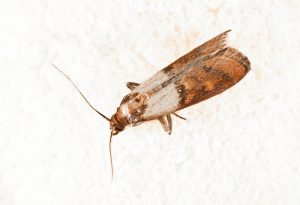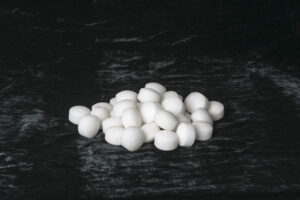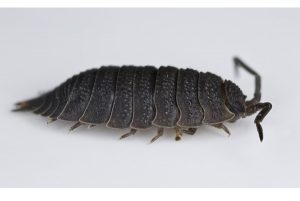
The 5-step Mosquito Control guide for homeowners
Whether you have to run inside at dusk to avoid the mosquito swarms, or are kept awake at night by high pitched whining in your ears, mosquito problems can be very annoying! To successfully deal with a mosquito problem, it’s necessary to use a combination of actions – using this guide will allow you to reclaim your outdoor areas and make indoors a mosquito free zone.
Why are mosquitoes a problem?
Following the wet spring in many parts of the country, the conditions are right for a major mosquito population explosion. Although for many, mosquitoes are just annoying (very annoying!), they also carry a number of viruses which can cause serious diseases and even death in humans.
Although we do not have Zika in Australia (see footnote), there are other diseases that Australians should be aware of, such Ross River fever, Murray Valley encephalitis and the occasional outbreak of Dengue, to name a few. These are all very debilitating diseases and so even in Australia, mosquitoes are more than just annoying.
What do you need to know about mosquitoes?
As with all pest control programs, it’s important to “know your enemy” – it gives you the knowledge to target their weaknesses and maximise the chances of success. Understanding the life-cycle is a good starting point.
After mating, the adult female mosquito needs a blood meal before she can lay her eggs. (Only the female mosquitoes bite humans). Mosquitoes will lay their eggs on or near any areas of still water. The “wrigglers” (mosquito larvae) will hatch within a couple of days. After 7-10 days the larvae make a pupae at the side of the water body and develop into adults. Once the adult hatches, it starts looking for a mate and the life-cycle starts again.
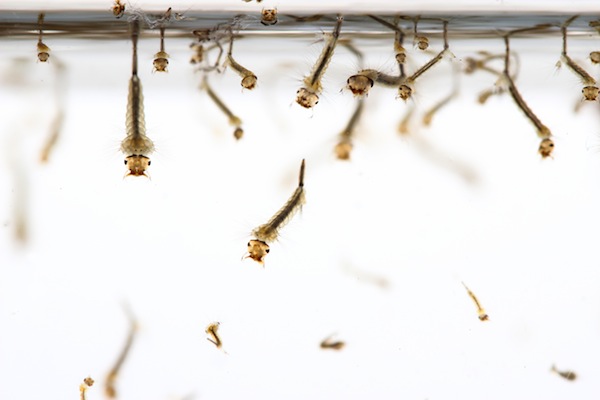
There are two other important mosquito behaviours that influence your control efforts. Firstly, mosquitoes are not strong flyers. They can be blown longer distances on the wind, but typically they do not fly very far from their breeding place. As such if you have a mosquito outbreak at your home, the source of the problem will be nearby. If you can find the source you can break the breeding cycle.
Secondly, most mosquitoes bite at dusk through to dawn – during the day they need to find a place to rest. These resting places are typically sheltered areas, protected from sun, wind and rain. Outside this means under eaves, decking, outdoor furniture and the underside of plants; inside mosquitoes shelter under beds, furniture and behind pictures and curtains. This gives you obvious places to apply any treatment.
So what actions do you need to take to get rid of mosquitoes?
HOME MAINTENANCE
The first two steps are preventative steps that don’t require the use of any pest control product.
Step 1: Eliminate mosquito breeding sites
If you can eliminate the mosquito breeding sites, this will have a big impact on mosquito numbers. Inspect your property for any sources of still water and fix the problem:
- Empty water out of plant pots and bromeliads on a weekly basis
- Unblock any blocked drains or gutters
- Level ground where puddles tend to form
- Keep fish in any water features to eat the mosquito larvae
- Make sure you have mosquito guards in place on the entry point and overflow for any stormwater tank
- Ensure chemicals are at the required level in the swimming pool
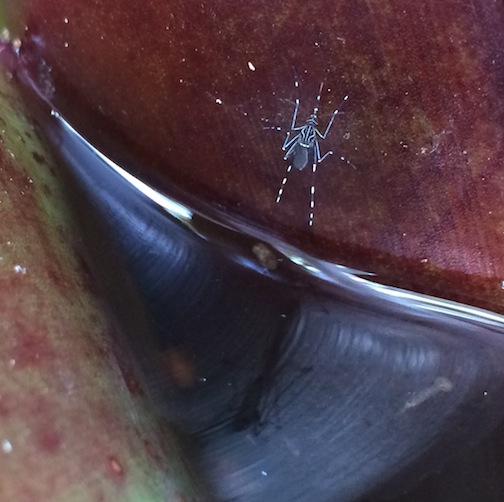
Step 2: Make sure mosquito screens are in good order
Making sure insect screens on windows and doors are well fitted and that there are no tears in the mesh. Mosquito screens are still the best way to prevents mosquitoes (or other insects) getting into the house.
PREVENTATIVE MOSQUITO TREATMENTS
To complement the home maintenance activities, targeted mosquito sprays are a intergral part of the mosquito control program.
Step 3: Spray outside areas
Spray outdoor surfaces during the day where mosquitoes may be resting. Use a long lasting mosquito spray such as PestXpert Pro-Spray Outdoor. The idea is to coat the surfaces of potential resting areas, so when they land, they pick up the insecticide and die. By treating surfaces in the immediate perimeter around your home you create a “mosquito interception zone” which targets mosquitoes on your property and any mosquitoes that may fly in from neighbouring areas.
Areas to target include:
- External walls, eaves, door and window surrounds
- Under decking and any sub-floor areas
- Under the BBQ and any outdoor furniture
- Underside of large leaved plants near the house
- Fencing (if near the house)
- Mosquito screens (easier and less messy to remove before spraying)
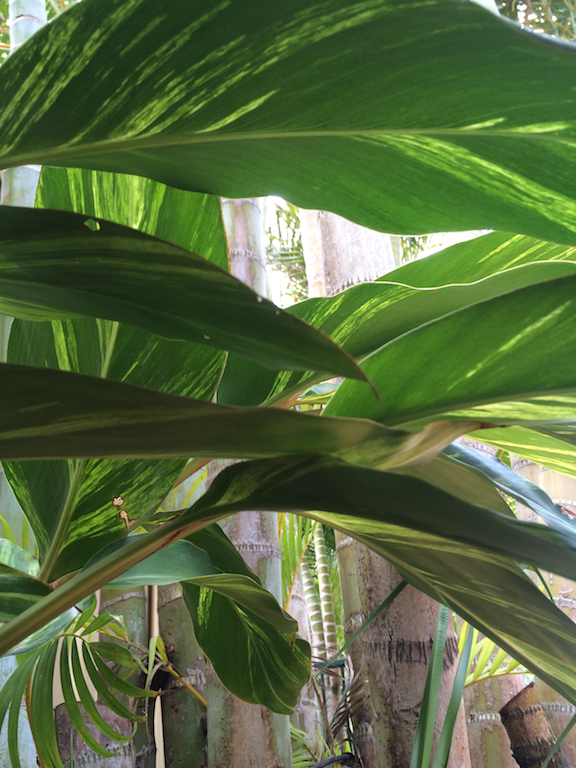
When spraying outdoors avoid spraying near any water features or natural water course, where fish and other aquatic life may be. Although modern insecticides have a low toxicity to mammals, most aquatic life is very sensitive to insecticides.
Step 4: Spray inside areas
Obviously with good insect screens in place, the number of mosquitoes coming inside should be small. However, the occasional mosquito may get in through an open door and some people don’t like insect screens. As such spraying internal mosquito resting places is a good back up. PestXpert Pro-Spray Flying aerosol is a good option as it is a low odour, water-based formulation, which lasts for several months when sprayed on a surface.
Areas to target include:
- Under and behind furniture; sofa, chairs, beds, cupboards, drawers
- Under the bed
- Behind wall hangings; pictures, photos, mirrors
- Curtains
- Lamp shades
WHAT IF I STILL HAVE MOSQUITOES?
Step 5: The back up plan
Even with a comprehensive treatment, no external treatment can guarantee 100% control. The use of area mosquito repellents near your outdoor area can be a good back-up plan, just in case the occasional mosquito wants to gate crash your party. Make sure the product is labelled for outdoor use and generally speaking avoid “natural” products such as citronella, as these have proven to be less effective.
If you have the occasional invader inside the home, carrying out a “space spray” with a quality flying insect aerosol such as PestXpert Pro-Spray Flying will take care of the problem. Simply close the windows in the room, spray into the air for at least three seconds (the idea is to create a “cloud” in the room, which the mosquito cannot avoid), then leave the room and close the door. After 10 minutes or so, you can enter to a mosquito free room.
If of course you are someone that doesn’t like insect screens and sleeps with the windows open, you will need more continuous protection to guard against mosquitoes. Electrical plug in devices that release an insecticide / repellent are the best options for protection through the night.
Mosquito control – the quick version
To summarise, a successful mosquito control program targets the mosquito breeding sites (eliminate sources of standing water) and areas where the adult mosquitoes rest during the day. As mosquito life cycle can be completed in as little as 10 days, you will need to inspect your property for potential breeding sites and remove them on a weekly basis. Treated mosquito landing / hiding places with a long lasting insecticide creates a “mosquito interception zone” outside. In areas of high mosquito pressure, it may be necessary to carry out the perimeter insecticide treatment every 2-3 months.
Alas there is no quick fix for a mosquito problem, but by carrying out these actions, you can reclaim your outdoor entertaining areas and get a good nights sleep!
Footnote on Zika:
Zika is not present in Australia, and is unlikely to become established anytime soon as the mosquito that carries Zika can only live in the tropics (far north Queensland). However, other diseases are carried by different mosquitoes throughout Australia, so avoiding any mosquito bite is a good idea. For more information check out this mosquito article by Dr. Cameron Webb


